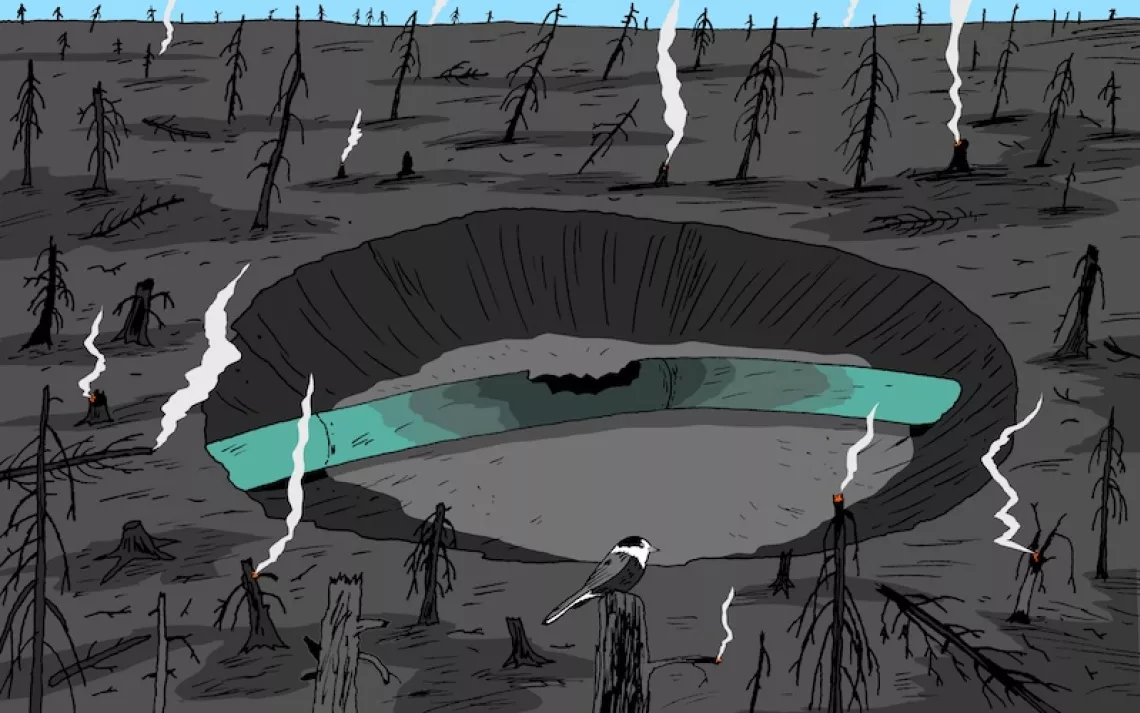Tsechu Dolma and the Indomitable Greenhouse
A Columbia student helps Nepali villagers deal with climate change

Tsechu Dolma, New York; founder of the Yulha Fund. | Photo by Carolyn Fong
"I was born in Tibet. My father was a Tibetan resistance guerrilla fighter, which got him into a lot of trouble with the Chinese authorities. Eventually, we ended up in a Tibetan refugee camp in Kathmandu. When I was 10, we immigrated to Queens, New York.
"The summer after my freshman year at Columbia, I had the opportunity to go to the village of Ghiling in the Upper Mustang region of Nepal as an ethnographic research assistant. I was supposed to be taking interview notes on demographic changes, because a lot of young people are leaving to find jobs in India or the Middle East.
"But what the villagers really wanted to talk about was climate change. There's an end-of-the-world theory in Buddhism: I think the official term is 'the degenerative time.' The elders kept saying, 'The degenerative time is coming. Look at what's happening to our environment—fields are disappearing, streams are drying up, there are flash floods.' These are events described in ancient Buddhist texts.
"The glacial melt has become erratic, which is bad for crop yields. The cost of living in Mustang is going up because of how vulnerable the food supply is, and it's very expensive to import food. I asked the villagers how we could mitigate this, and they said they wanted a greenhouse. So I came home and founded the Yulha Fund.
"Over the next three years, I worked to secure funding from the Samuel Rubin Foundation and Columbia University. Engineers and engineering students in Nepal designed the blueprints. The local school offered to host the greenhouse, and the students and their families provided the labor.
"They finished in the summer of 2014. In the Himalayas, they usually grow just millet, barley, and potatoes, but with the greenhouse, the community has been able to grow cauliflower, broccoli, squash, and eggplant. They also planted an orchard of 5,000 apple trees.
"The 7.8-magnitude earthquake in April devastated Ghiling and the surrounding villages. All the homes were destroyed. The school was destroyed, too. But the greenhouse is still standing. It's so hard right now for people to see past their day-to-day survival. The greenhouse represents hope for the future."
Melting Himalayas
Between 2003 and 2009, Himalayan glaciers lost an estimated 174 gigatonnes of water, contributing to catastrophic floods of the Indus, Ganges, and Brahmaputra Rivers.
 The Magazine of The Sierra Club
The Magazine of The Sierra Club







